The Valley
With a perfect location high up on the mountain in the middle of a Nature park in Murcia, Spain, I own a 28000m2 (7 acre) Valley with a Retrofit Earthship. Isolated from noise-, light-, and air pollution, it is possible to focus entirely on getting in touch with oneself, nature, and self-sustainable living.
A place to learn about sustainability
Not only is The Valley my home, but I use it to educate people about all aspects of sustainability, including self-sustainable living:
Work shops
WorkAway
10-days Retreat
The Seasonal Experience
A place to be creative

The ruin next to the Earthship

The Earthship greenhouse under construction

The Earthship greenhouse under construction

Experimenting with solar/wind lamps
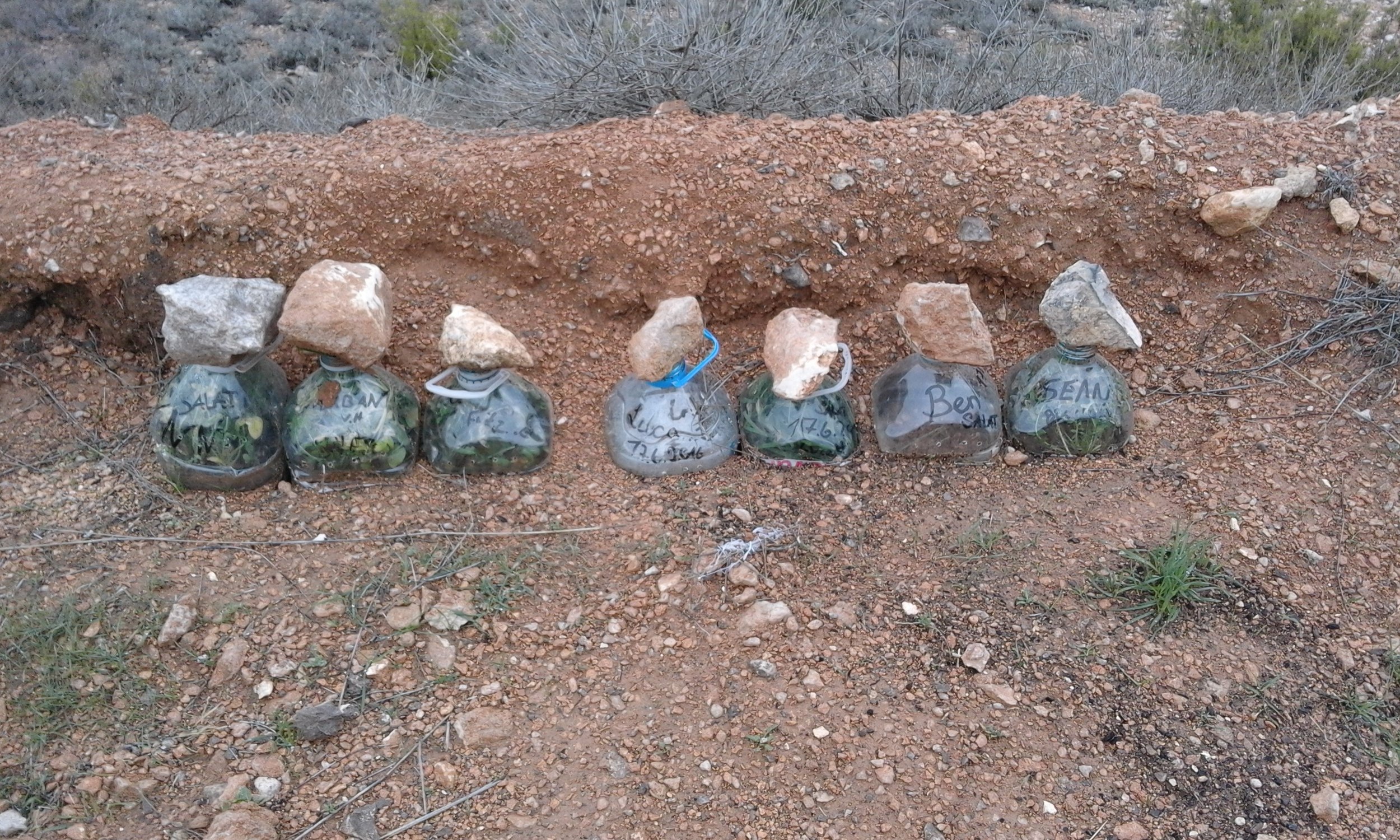
Experimenting with micro greenhouse

Building a solar panel from scratch

Building a solar panel from scratch

Growing potatoes all year with an Earthship greenhouse
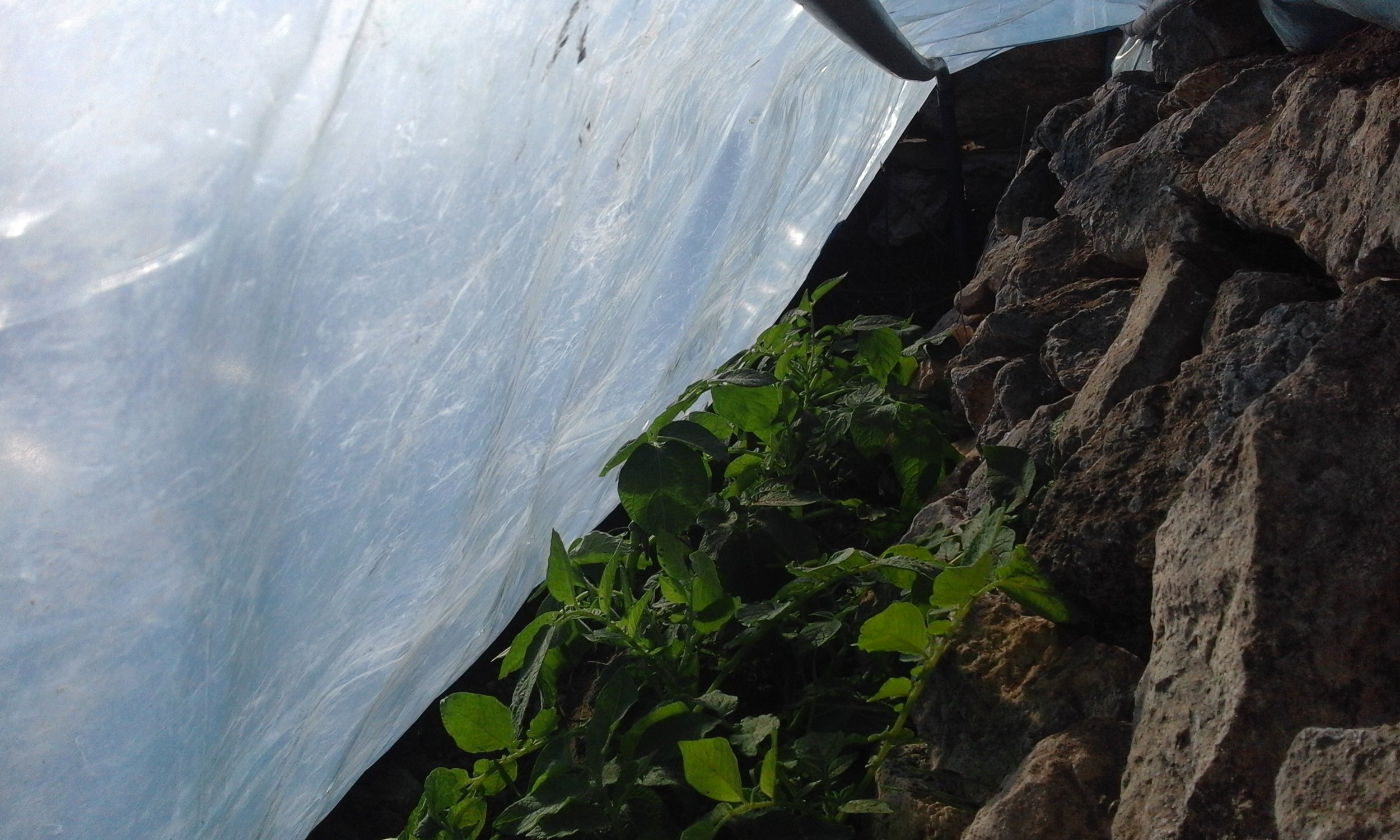
Potatoes growing good in late November

Taking a break from building a tire wall

Painting the upstairs bedroom

Making a huge Aquaponics system for the Earthship greenhouse

Making glass bottle bricks

Storage for Earthship materials
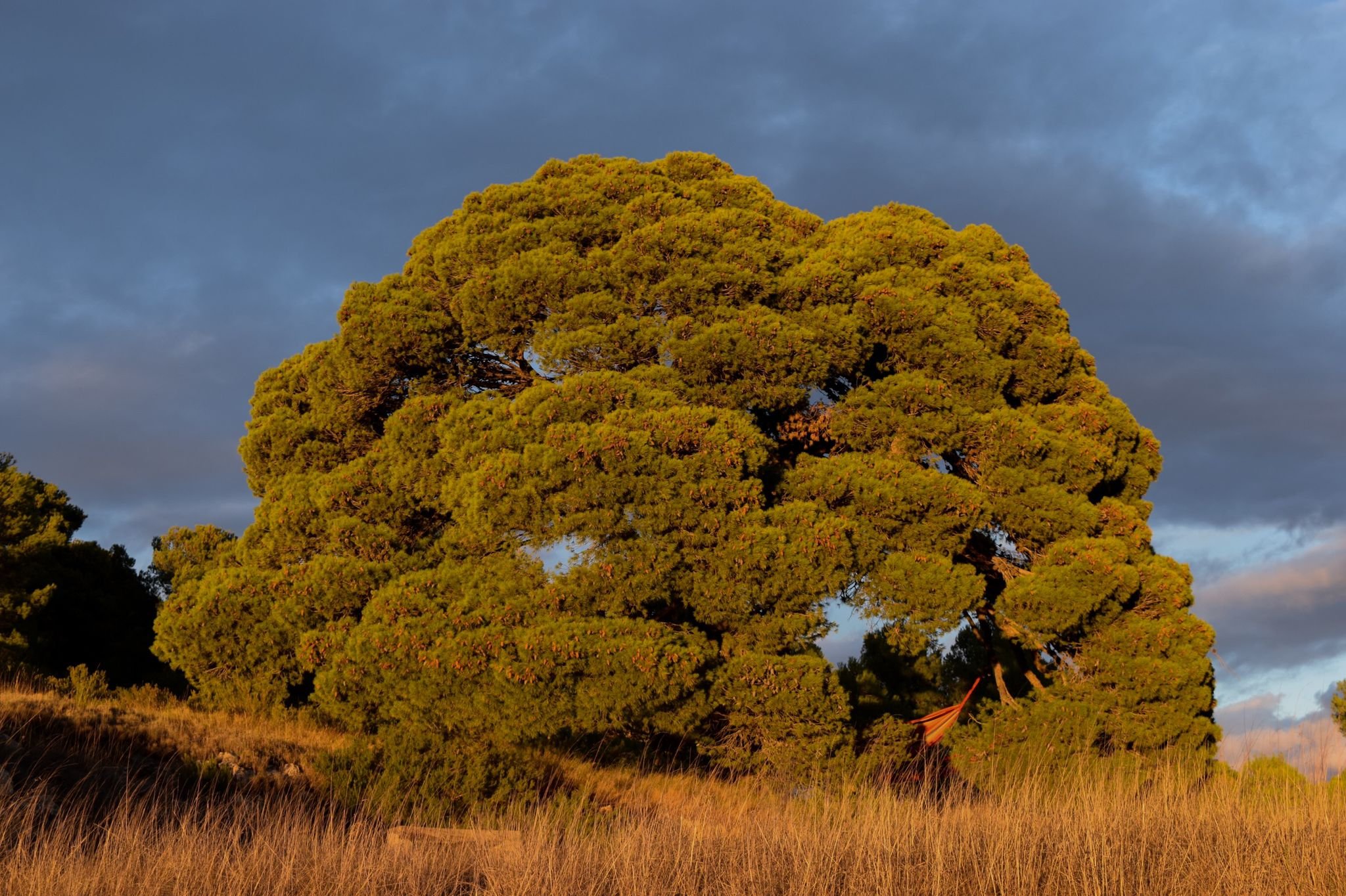
The Philosopher tree

We made a 50 liter hand cranked washing machine with tumbler and dryer.

Building a medium size Aquaponics CHOP system

Solar hot air panels

Making solar hot air tubes of recycled tincans
The Earthship
Technically, my house is a retrofit Earthship. Because, to be allowed to call it an Earthship, architectural drawings must have been purchased from Earthship Biotecture. The inventor of the Earthship concept, Michael Reynolds told me in a private meeting after the Earthship Seminar in Stockholm in 2013 that I should call it a retrofit Earthship as it is a conventional house retrofitted with all the Earthship systems. Therefore functions as a real Earthship.

Winter setting

Summer setting

Aquaponics

Rainwater catchment

Biosand rainwater filtration

Solar hot water box

Windturbine, solarpanel, Waterbottle lights
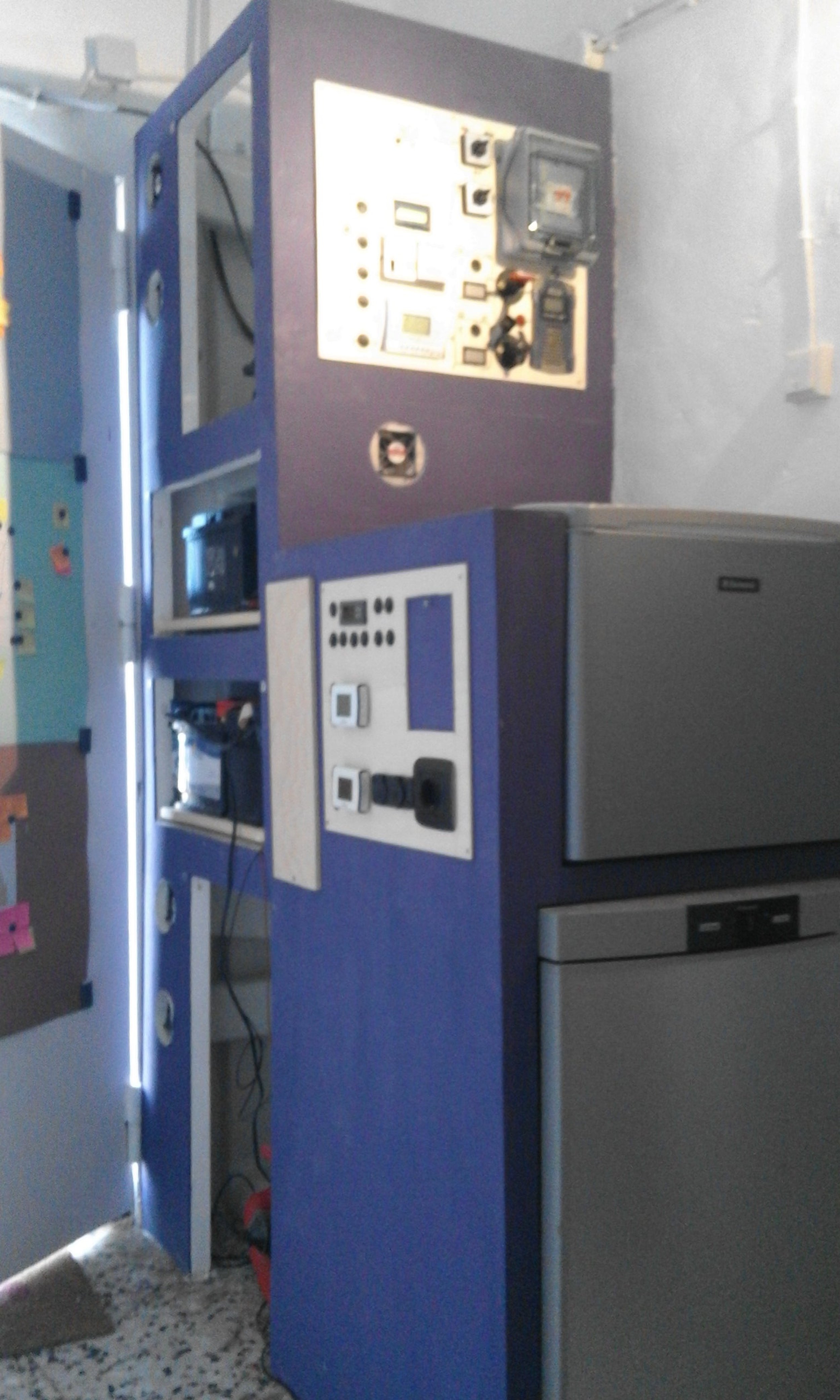
Photo Voltaic system, fridge and freezer

Downstairs bedroom

Entrance to WC, bathroom and Showers

Shower

Hallway with storage

The living room fireplace

Bread/Pizza oven
The current state of the retrofit Earthship
The Retrofit Earthship is still under construction. This allows both Students and Volunteers to participate in building on different systems while testing out what it feels like living on a construction site while building their house around themselves.
At the moment the Retrofit Earthship has wind and solar power (12 kWh), a rainwater catchment system with underground storage (30000 liters / 8000 US gallons), solar hot air heaters (5), ground cooling and cross ventilation, an Aquaponics system, grey water filtration system, cold running water in the kitchen, solar water heater boxes, and an amazing outhouse (See YouTube video).
The current kitchen has all commodities like, induction tops, electric oven, gas cooking plates, Microwave oven, Bread baking machine, Blender, Ice-cube machine, Popcorn machine, electric hot water kettle, stone pizza/bread oven, double sink with cold running water, and even a fire place!
The living room has a dining table for 7 people, a TV, an Xbox, board games, shelves, cabinets, and food storage cabinets.
The hallway has storage shelves for tools and the PV system with batteries, controllers, inverters, and solar generators. There is also a toilet with a WC (currently disconnected due to the rebuilding of the water system) and a small bathroom with a simple washing sink.
On the first floor, there is a large room with a shower and storage space for tools, materials, and students’ personal belongings. Due to the rebuilding of the water system, the shower currently has a back-up system for hot water (see YouTube video). At night (20:00-08:00) the room functions as a bedroom.
The second floor is the bedroom for students and volunteers. It has 6 bunk beds with privacy curtains, reading lights, and storage boxes for personal belongings.
The retrofit Earthship has still some work to be done before it is finished:
The 1st-floor bedroom, the bathroom, the hallway, and the garage will have a second floor added due to their 2-floor heights. The second floor will become a large bedroom with a skylight window, a bathroom with a WC, Shower, and a skylight window, a small bedroom with a skylight window, and a medium-sized bedroom with a skylight window and a low glass wall with a view into the greenhouse.
A new kitchen will be built in the current indoor garage, with access directly to the living room and the greenhouse.
The old kitchen will be dismantled and rebuilt to be a part of the new larger living room. Floor heating with solar hot water will be implemented. The fireplace will be rebuilt to include a rocket stove mass heater.
The new 1st-floor bedroom will be rebuilt into workshops for wood, metal, stone, ceramic, glass, etc. But will still function as an extra bedroom, when necessary. Or as an office during day time.
A new underground 1000-liter water cistern is being built above the house. It will connected to a new horizontal windmill that will constantly pump water from the large underground water cisterns up to the new cistern. The overflow will run down to the bio-sand filter that will be built to clean the rainwater from the roof before it returns to the large underground water cisterns. Making sure that water is always moving, not exposed to the sun, kept cold, and constantly filtered.
A complete new plumbing will be done in the entire retrofit Earthship, getting cold water from the underground water cistern above the house through gravity. A parallel pipe will lead water through 4 old water boilers (now functioning as heat storage) heating the water before it ends up in the bathroom and the kitchen. The water boilers will get heat from the solar water heater panels in the greenhouse windows.
The facade of the retrofit Earthship will be covered with a thin stone wall with vertical hydroponics tubes to make a green food wall. The roof will be covered with a thin layer of tiny pebbles to make the house blend perfectly into nature.
The interior will be painted and decorated according to a theme yet to be decided. Your artistic imagination is welcome!
A place to share
I have a dream that I one day will share this beautiful place with other people. People who see the value of creating a lifestyle based on the Naturacend principles of Empathy, Compassion, Sharing, and Caring.

Climate and weather
Wind.
There is almost always some light breeze in the valley. Just enough to constantly make electricity with the wind turbines, and to keep cool in the shade in the summer. Quite often the wind picks up after noon and can result in hard gusts for a few hours. During winter it can be quite cold in the wind.
Rain.
Historically it rains for about one day, every month throughout the year. From March to May more rain can be expected. One hour of heavy rain or one day of normal rain refills the underground water cisterns completely. With 30000 liters (8000 gallons) we have enough water for 3 years. When it rains for a longer period, the dirt roads may suddenly turn into mud for a couple of hours.
Sun.
The shape of the valley allows the sun from the morning to the evening. Even on December 21st, we get the sun right over the treetops, shining directly into the Retrofit Earthship. From May to October, sunglasses and sunscreen are advisable.
Temperature.
In general, the valley is quite warm throughout the year. The hottest month of the year is August with temperatures up to 40c (104fh) now and then. The coldest month is February with temperatures down to -3c (27fh) for a few days. Sometimes it snows for 2 days at the end of February.
T-shirts and shorts are normal attire from April to January during the day. Although December, January, and February are quite unpredictable; Sometimes with day temperatures up to 22c (77fh), and other times down to 8c (46fh). From October to April, trousers and a sweater or a jacket in the early morning (until 08:00) and in the evening (from 16:00) are advisable.
Flora
As for the flora, there are five habitats of significant value, including ground plants (protected) and pine tree and holm-oak forests.
The Park is home to a great plant wealth of 611 species, including thirteen protected species.
The Aleppo pine (Wiki: Pinus halepensis) dominates the tree vegetation, followed by Holm oaks (Wiki: Quercus rotundifolia). In the undergrowth appear species such as the Kermes oak (Wiki: Quercus coccifera), Lentisk (Wiki: Pistacia lentiscus), the Madroño (Wiki: Arbutus) and the Laurestine (Wiki: Viburnum tinus).
In the high areas, the oak trees stand out, a relict pine forest of Black pine (Wiki: Pinus nigra) and paddled vegetation such as the Blue broom (Wiki: Erinacea anthyllis) and Kinnikinnick (Wiki: Arctostaphylos uva-ursi).
In general, the mountain is covered by open pine trees and low scrubs where species such as the Needle grass (Wiki: Macrochloa tenacissima), Rosemary (Wiki: Rosmarinus officinalis) and Thyme (Wiki: Thymus vulgaris) grow.

Black pine

Blue broom
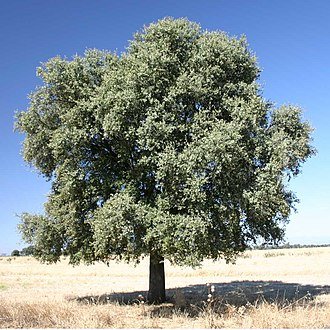
Holm oak
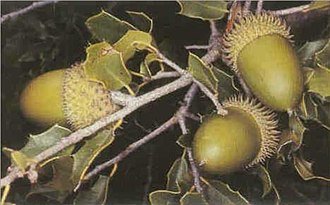
Kermes oak

Kinnikinnick
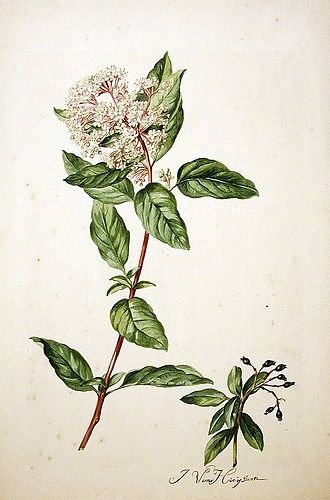
Laurestine

Lentisk
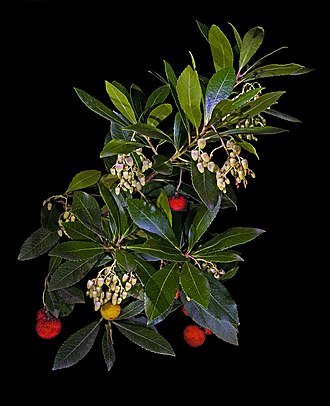
Madrone

Needle grass

Pinus_halepensis

Rosemary

Thyme
Fauna
Birds are the best represented group of animals with eighty species. Highlights include raptors such as the Golden eagle (Wiki: Aquila chrysaetos), the Eurasian eagle-owl (Wiki: Bubo bubo), the Peregrine falcon (Wiki: Falco peregrinus), the Hawk eagle (Wiki: Hieraetus pennatus), the Short-toed snake eagle (Wiki: Circaetus gallicus) and the Eurasian goshawk (Wiki: Accipiter gentilis). In the forest, we find birds such as the Eurasian chaffinch (Wiki: Fringilla coelebs), the common Great Tit (Wiki: Parus major), and the Long-tailed Tit (Wiki: Aegithalos caudatus). In low areas and crops appear the Great grey shrike (Wiki: Lanius excubitor) and the Red-legged partridge (Wiki: Alectoris rufa).
Of the mammals, we highlight the European badger (Wiki: Meles meles), the Wild boar (Wiki: Sus scrofa), the European wildcat (Wiki: Felis sylvestris), the Red fox (Wiki: Vulpes Vulpes), and the small Garden dormouse (Wiki: Eliomys quercinus) and the Greater white-toothed shrew (Wiki: Crocidura russula).
There are numerous reptiles such as the Sierra Nevada lizard (Wiki: Timon nevadensis), the mildly venomous Montpellier snake (Wiki: Malpolon monspessulanus) and the Spiny-footed lizard (Wiki: Acanthodactylus Erythrurus). Amphibians are scarcely represented by water sources; the Common toad (Wiki: Bufo buff) and the Natterjack toad (Wiki: Epidalea calamita) stand out.

Golden Eagle

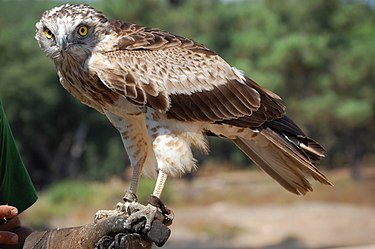

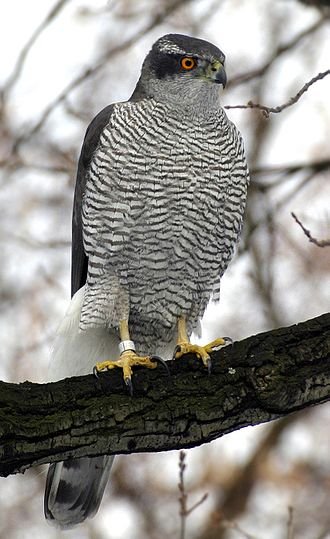
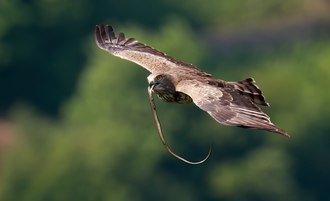
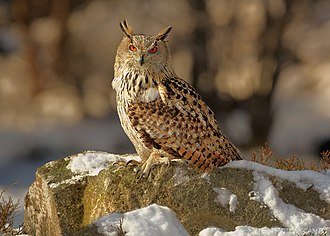
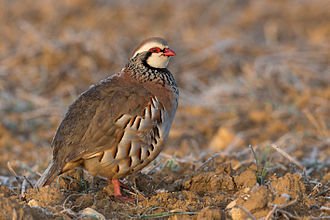

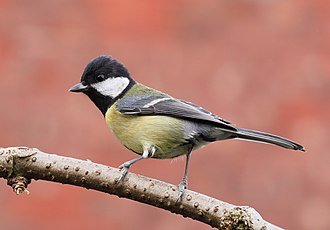
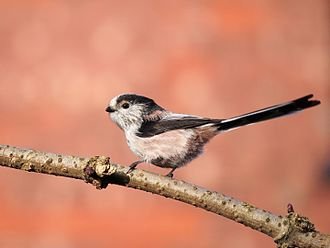


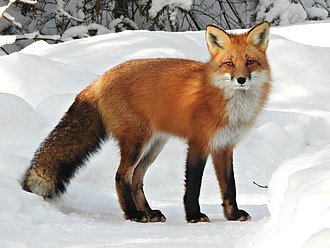



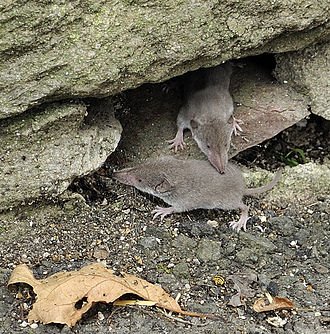

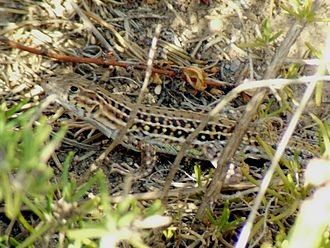



The general area. Exact location is not disclosed, for security reasons and to avoid random visitors disturbing the projects.
Visits only by appointment.
The map and road description will be on the confirmation.




